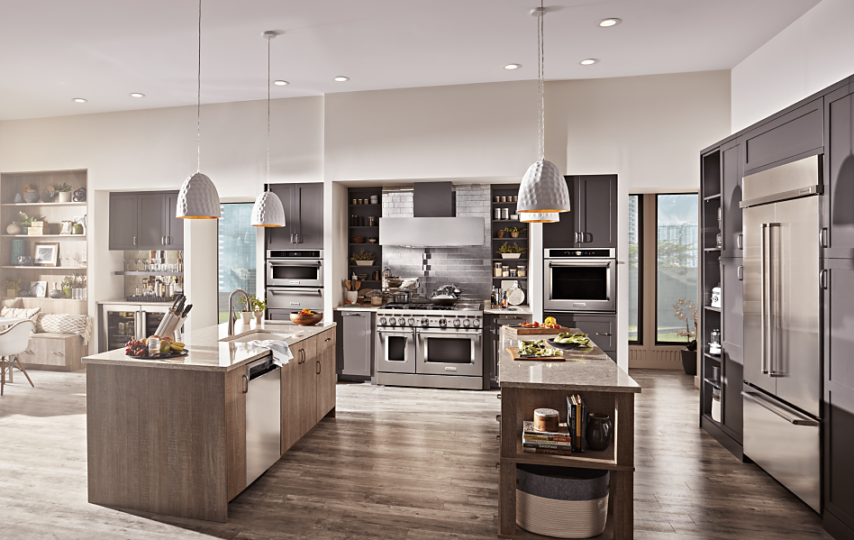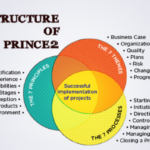In the fast-paced world of culinary arts, efficiency in the kitchen is not just desirable, it’s essential. The success of a restaurant hinges on how well it manages the chaos of a busy kitchen, turns orders around quickly, and ensures customer satisfaction. In this blog post, we explore various strategies to optimise kitchen workflow, making the most of every square inch of space and every second of time.
Embrace Technology for Streamlined Operations
One of the most significant advancements in kitchen workflow efficiency is the adoption of a restaurant order management system. This technology bridges the gap between the front and back of house, ensuring that orders are communicated swiftly and accurately. By digitising the order process, chefs and kitchen staff can see real-time updates, manage inventory more effectively, and reduce errors that can occur with manual systems.
Design for Efficiency
The layout of your kitchen plays a crucial role in workflow efficiency. An optimally designed kitchen minimises unnecessary movement and allows for a smoother transition between different kitchen stations. Ensure that the layout reflects the sequence of food preparation — from storage to prep to cooking to plating.
Implement Standard Operating Procedures (SOPs)
Consistency is key in a kitchen – develop standard operating procedures for everything from food handling and preparation to cleaning and closing procedures. SOPs ensure that everyone in the kitchen operates on the same page, reducing confusion and streamlining processes.
Cross-Train Your Staff
A kitchen operates at its best when every team member understands multiple roles. Cross-training your staff not only creates a more versatile workforce, but also helps in situations where you might be short-staffed. It fosters a deeper understanding of the kitchen’s overall operation, promoting teamwork and efficiency.
Invest in Quality Equipment
High-quality kitchen equipment might seem like a significant investment, but it pays off in the long run. Better equipment often means faster and more consistent cooking times, easier maintenance, and lower energy costs. Moreover, reliable equipment reduces the chances of unexpected breakdowns, which can severely disrupt kitchen operations.
Regular Maintenance and Cleaning
A clean and well-maintained kitchen is a more efficient kitchen. Implement a strict cleaning schedule to ensure that equipment is always in top working order and that the workspace is hygienic. This not only helps in maintaining food safety standards but also improves the overall functionality of the kitchen.
Effective Communication
Clear and constant communication among staff members is vital. Whether it’s verbal cues, hand signals, or utilising your restaurant order management system, effective communication reduces errors and ensures a smooth workflow.
Feedback and Continuous Improvement
Finally, always be open to feedback from your staff – they are the ones in the trenches and often have valuable insights into how processes can be improved. Regularly review and adjust your workflow strategies to adapt to changing circumstances and to continuously enhance efficiency.
Final Thoughts
An efficient kitchen is the backbone of a successful restaurant – by embracing the tips outlined above, restaurants can significantly enhance their kitchen workflow. These strategies not only boost productivity but also contribute to a better working environment and ultimately, a more satisfying dining experience for customers.
Remember, in the world of culinary arts, efficiency is not just about speed; it’s about marrying speed with quality and consistency. Implementing these strategies can transform your kitchen into a well-oiled machine, capable of handling the pressures of the busiest dining establishments.








